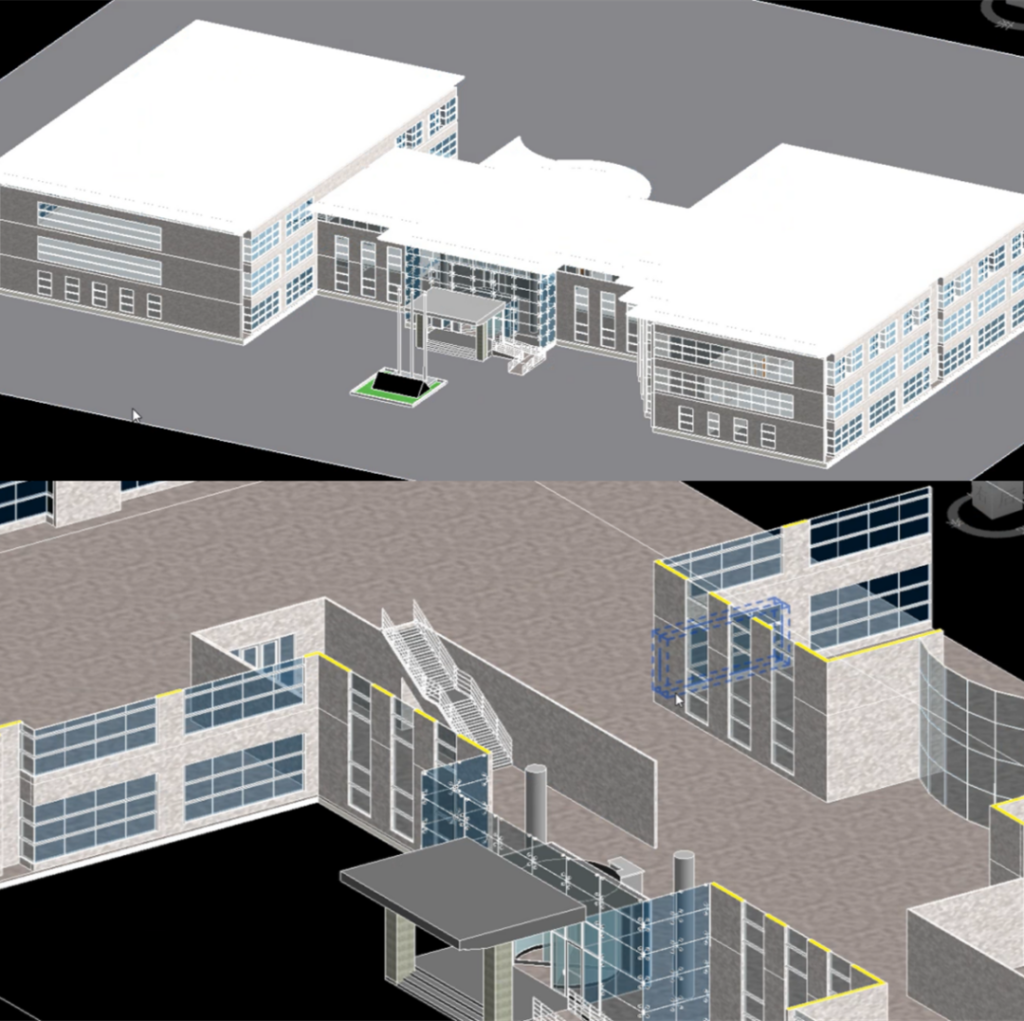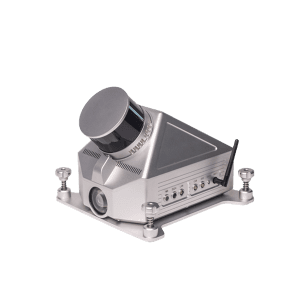LiDAR Scanning For Building Information Modelling (BIM) Services | Efficient & Accurate | End to End Solution
BIM has the characteristics of visualization, coordination, simulation, optimization and drawing, while 3D laser LiDAR scanning technology has the characteristics of data authenticity and accuracy. Scan the construction site with 3D lasers and cameras to obtain real and accurate data, establish a BIM system model, obtain building dimensions and internal facility layout information, and provide information and visualization solutions for project quality inspection and renovation plan design, which is of great practical importance.
What is Building Information Modelling (BIM)?
BIM (Building Information Modeling) technology was first proposed by Autodesk in 2002 and has been widely recognized by the industry around the world. It can help realize the integration of building information, from building design, construction, operation to the end of the building’s full life cycle , all kinds of information are always integrated in a 3D model information database, the design team, construction unit, facility operation department and owners can work together based on BIM, effectively improve work efficiency, save resources, reduce costs, and achieve sustainable Continuous development.
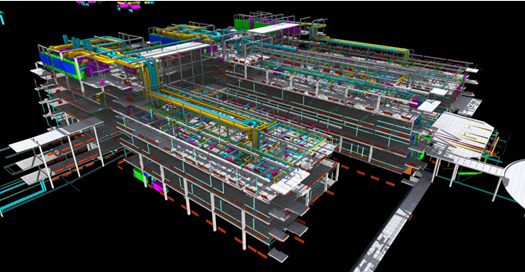
The core of BIM is to establish a virtual three-dimensional model of architectural engineering and use digital technology to provide a complete architectural engineering information library for this model that is consistent with the actual situation. The information base not only contains geometric information, professional attributes and state information describing building components, but also contains state information of non-component objects (such as space and motion behavior). With the help of this 3D model containing construction engineering information, the degree of information integration of construction engineering has been greatly improved, thus providing a platform for engineering information exchange and sharing for stakeholders in construction engineering projects.
LiDAR Scanning for Building Information Modelling
LIDAR (Light Detection and Ranging) is a remote sensing technology that uses lasers to measure the distance to an object or surface. In the context of Building Information Modeling (BIM), LIDAR can be used to create detailed 3D models of buildings and other structures. These models can be used for a variety of purposes, including design, construction, and maintenance. LIDAR can capture data quickly and accurately, and can be used to create models of both the exterior and interior of buildings. In BIM, LIDAR data can be used to create highly detailed and accurate models that can be used for design, construction, and maintenance purposes.
LiDAR point cloud data acquisition platform for BIM
According to the classification of the carrying platform, lidar can be divided into airborne lidar, vehicle lidar, backpack lidar and ground-based lidar. By utilizing multiple system platforms such as LiAir UAV lidar scanning system, LiBackpack backpack lidar scanning system, LiEagle helicopter lidar system, LiMobile vehicle lidar system, etc., the efficient and fast laser point cloud data collection can be achieved with high accuracy and effective cost.
-
Mobile LiDAR Scanner
LiMobile – Vehicle Mounted LiDAR Scanner With Planar & Panoramic Camera Integrated
Read MoreRated 0 out of 5
For the shape of relatively low buildings on the ground and indoor scenarios, backpack or handheld lidar can be used for scanning; for objects with large elevation and wide area, airborne lidar can be used for scanning. In addition, in order to better obtain the three-dimensional information of the object, an Aerial and Terrestrial integrated data acquisition and fusion scheme can be achieved.
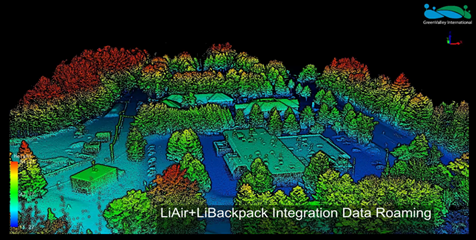
Workflow for BIM Laser LiDAR Scanning and Processing
The point cloud data of the surface of the object is obtained through a 3D laser LiDAR scanner. The point cloud data contains the 3D coordinates information of the surface of the objects. At the same time, the texture and color information of the object can be collected through the camera to provide a data basis for building a high-precision BIM model.
LiDAR Data Collection Workflow
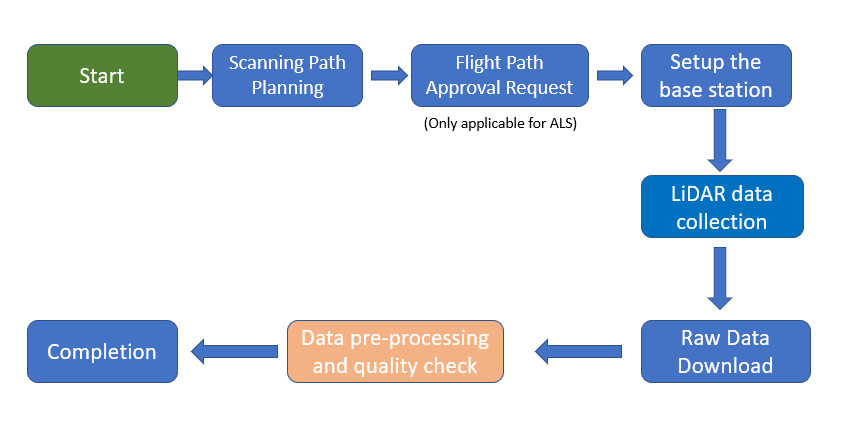
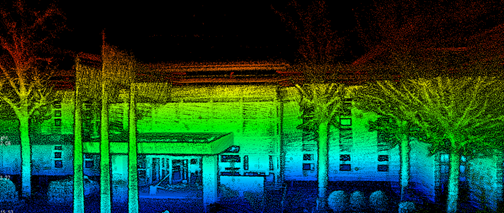
Workflow for BIM LiDAR Data Processing
Register and cut point cloud data to realize multi-site cloud data splicing and fusion
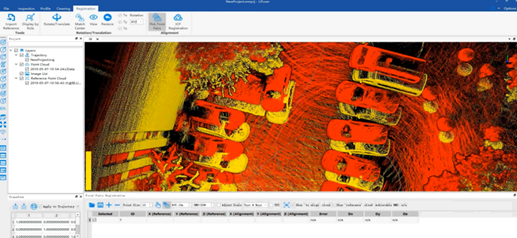
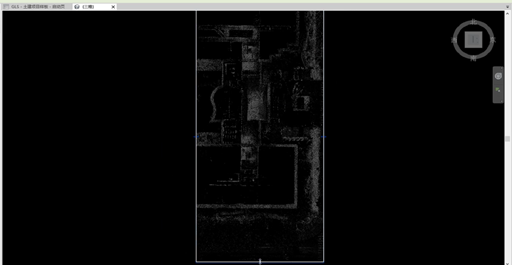
Vectorize the Point Cloud Data and Acquire the Contour of Object
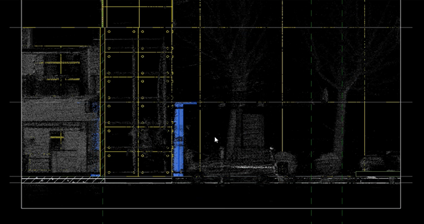
Input the Vector File into Modelling Software for BIM
